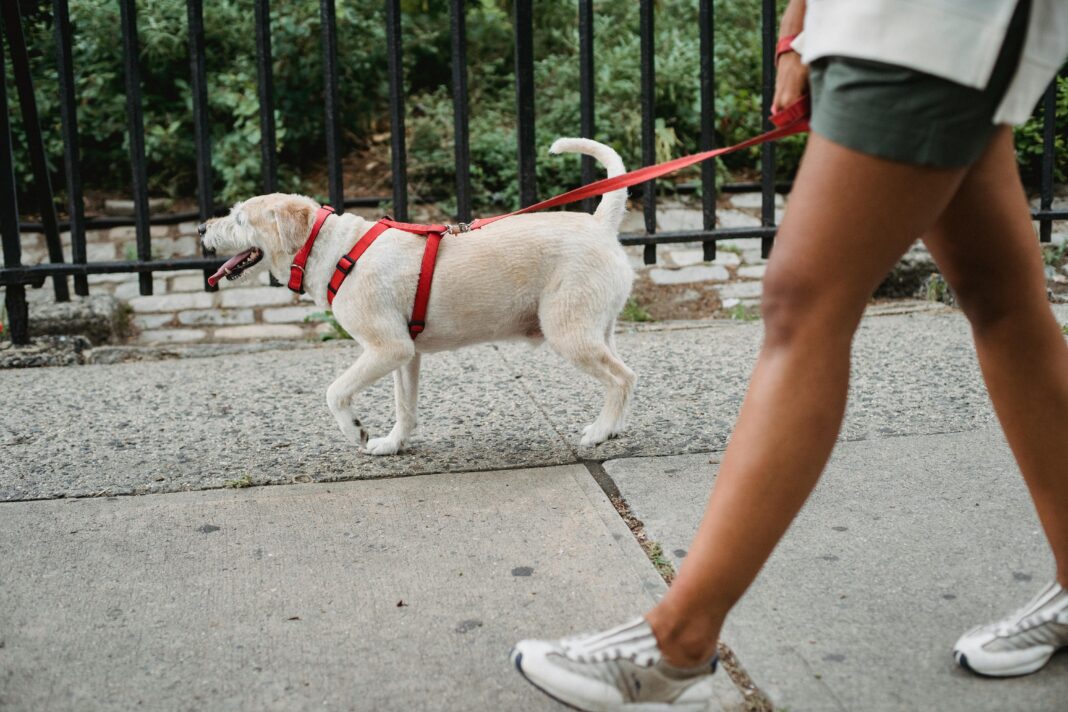Leash training is a fundamental aspect of pet ownership, ensuring both you and your dog have a pleasant walking experience. A well-behaved dog on a leash not only enhances your outings but also contributes to your pet’s health and wellbeing. This article will navigate through effective methods and actionable tips to master leash training for your furry friend.
Understanding the Importance of Leash Training
Leash training is crucial for a myriad of reasons. It enhances your dog’s safety, prevents distractions from other animals or people, and fosters a bond between you and your pet. Additionally, a well-trained dog is less likely to pull you into dangerous situations or cause accidents.
Common Causes of Leash Pulling
Understanding why your dog pulls on the leash can help you address the issue effectively. Some common causes include:
-
- Excitement: Many dogs are eager to explore their surroundings and often pull forward in their enthusiasm.
-
- Lack of Training: If a dog hasn’t been taught how to walk properly on a leash, they might not understand that pulling is not acceptable.
-
- Distractions: Other animals, people, or interesting smells can lead to sudden pulling.
-
- Fear or Anxiety: A nervous dog may pull towards or away from certain stimuli.
Identifying the underlying cause is the first step in mastering leash training.
Recognizing Symptoms of Poor Leash Behavior
Before diving into the training techniques, it’s helpful to recognize signs that your dog may need leash training:
-
- Constant pulling or lunging: Your dog aggressively pulls you towards distractions.
-
- Back-and-forth movements: They zigzag or jump around to get your attention.
-
- Barking at other dogs or people: Vocalization often indicates discomfort or excitement.
Being aware of these symptoms equips you with better understanding and prepares you for training.
Effective Techniques for Leash Training
1. Use the Right Equipment
Selecting appropriate gear can make a significant difference:
-
- Collars and Harnesses: Use a flat collar, a no-pull harness, or a head halter. Harnesses are especially helpful for smaller breeds or dogs prone to tracheal issues.
-
- Leash Length: A shorter leash (6 feet or less) offers better control compared to long leashes which might encourage pulling.
2. Reward-Based Training
Positive reinforcement is key in dog training. When your dog walks nicely beside you:
-
- Treat Rewards: Carry treats to reward your dog when they maintain a loose leash.
-
- Praise: Use verbal encouragement to reinforce good behavior. A simple “Good dog!” can be very motivating.
3. Start with Basic Commands
Teaching basic commands during walks sets the stage for better leash behavior:
-
- Sit: Have your dog sit before starting the walk to establish control.
-
- Heel: Teach your dog to walk beside you. Use treats to lure them into the correct position and reward them for staying there.
4. The “Stop and Go” Method
If your dog starts pulling:
-
- Stop Walking: When your dog pulls, stop immediately. This teaches them that pulling results in no movement.
-
- Wait: Calmly wait for them to return to your side before continuing the walk. Reward them once they’re back in position.
5. Address Attention-Seeking Behaviors
Some dogs use pulling as a means to get attention. Addressing this can be pivotal:
-
- Ignore Unwanted Behavior: Don’t engage with your dog when they pull. Instead, wait for them to settle down.
-
- Redirect Focus: You can also practice training commands like “look at me” to redirect their attention back to you.
Diagnosing Behavioral Issues
If you find that your dog is persistently difficult to control on a leash, it might be beneficial to assess their overall behavior:
-
- Professional Assessment: Consult a dog trainer or behaviorist if your dog’s pulling persists despite your efforts.
-
- Health Check: Sometimes, underlying health issues can contribute to behavioral problems. Ensure your dog is healthy with regular vet check-ups.
Preventive Measures for Effective Leash Training
Engaging in preventive practices keeps leash training effective and your walks enjoyable:
-
- Daily Practice: Short daily training sessions reinforce good leash manners.
-
- Socialization: Introduce your dog to various environments, people, and animals gradually, so they are accustomed to distractions.
-
- Patience and Consistency: Consistently reinforce good behavior and be patient throughout the training process.
Final Thoughts on Leash Training
Mastering leash training is about understanding your dog and employing effective techniques to foster good behavior. Through the use of the right tools, positive reinforcement, and consistent practice, you can enjoy peaceful and rewarding walks with your furry friend. Remember, a well-trained dog is not just a joy to walk but also contributes positively to their overall health and happiness.





